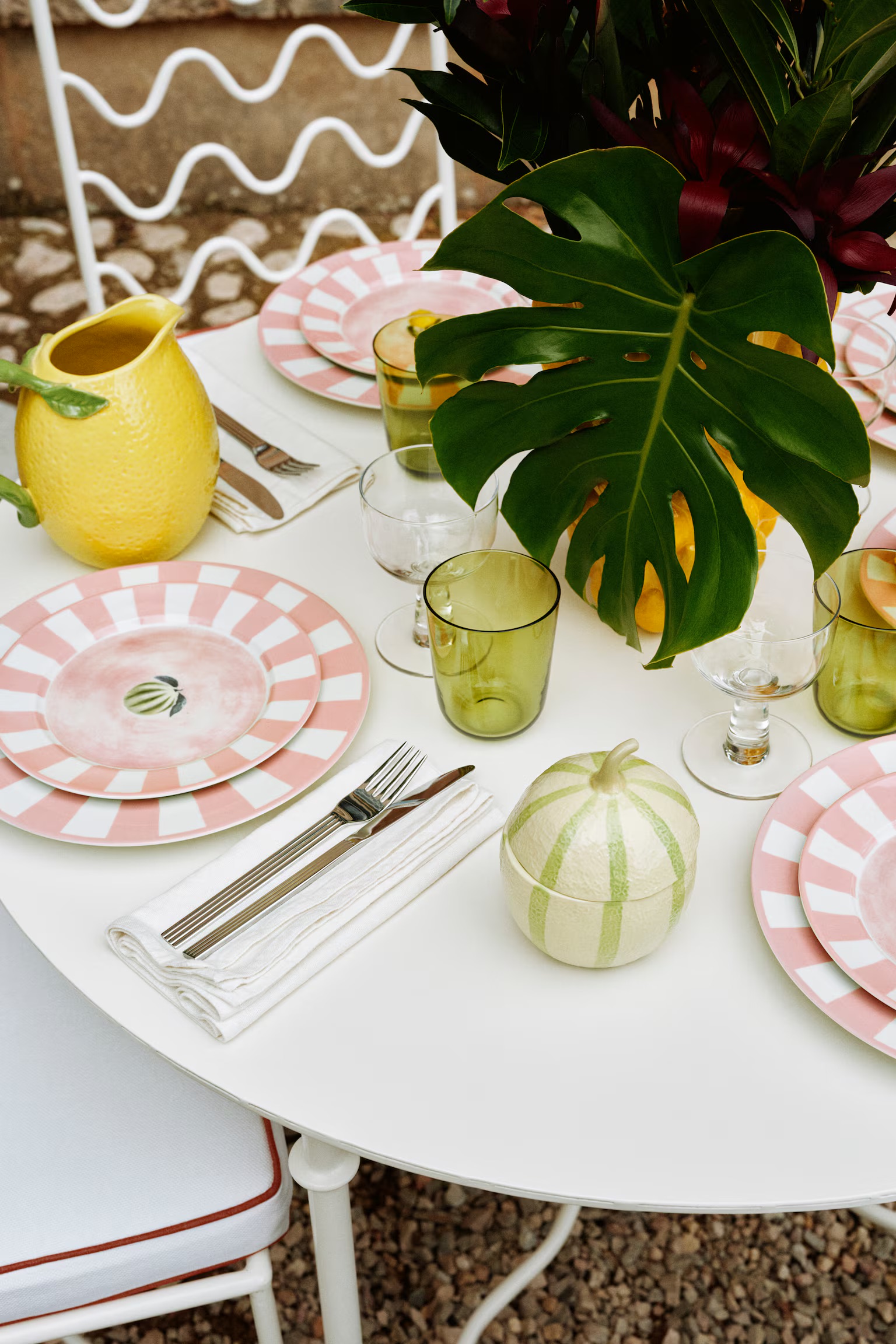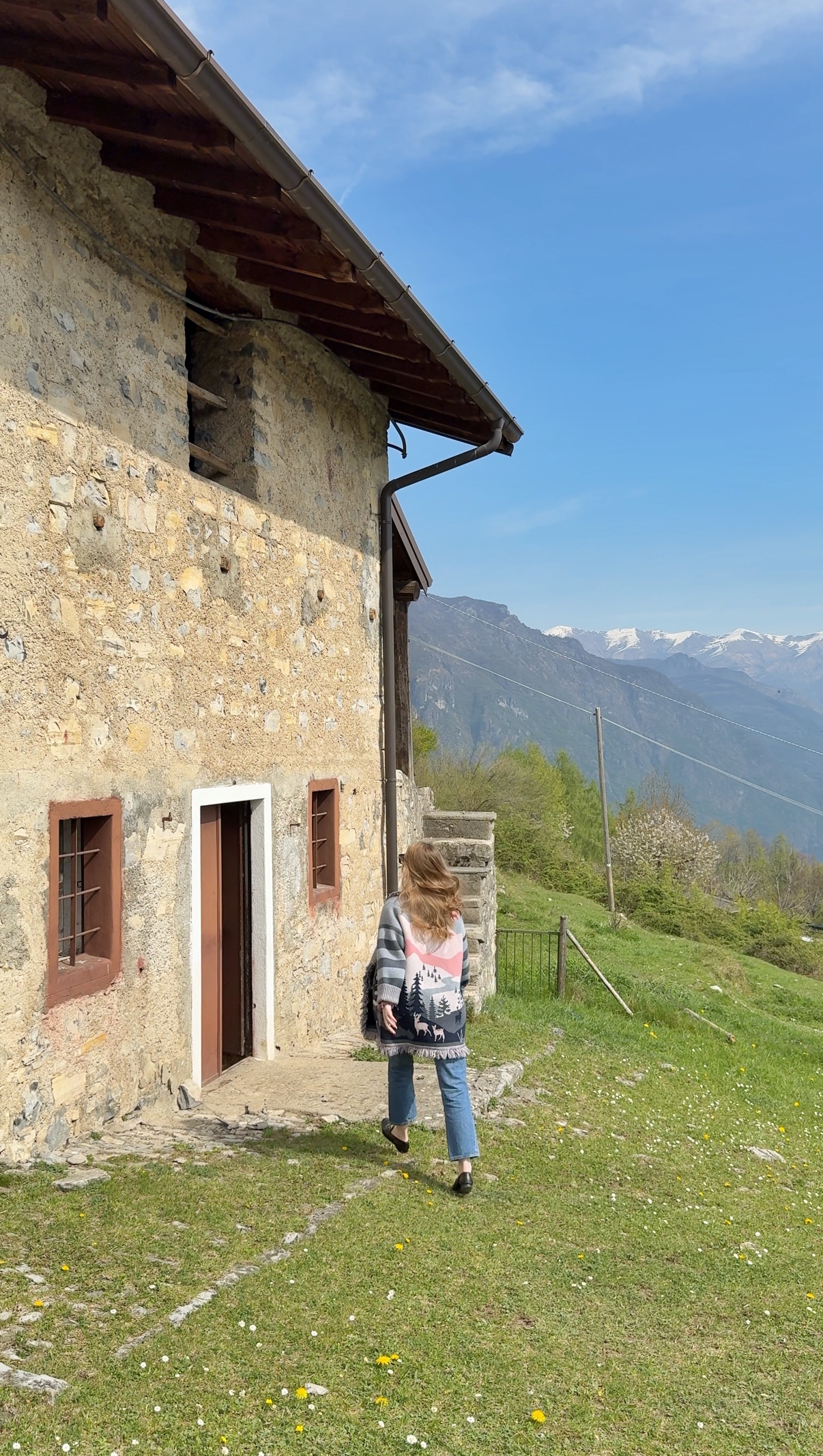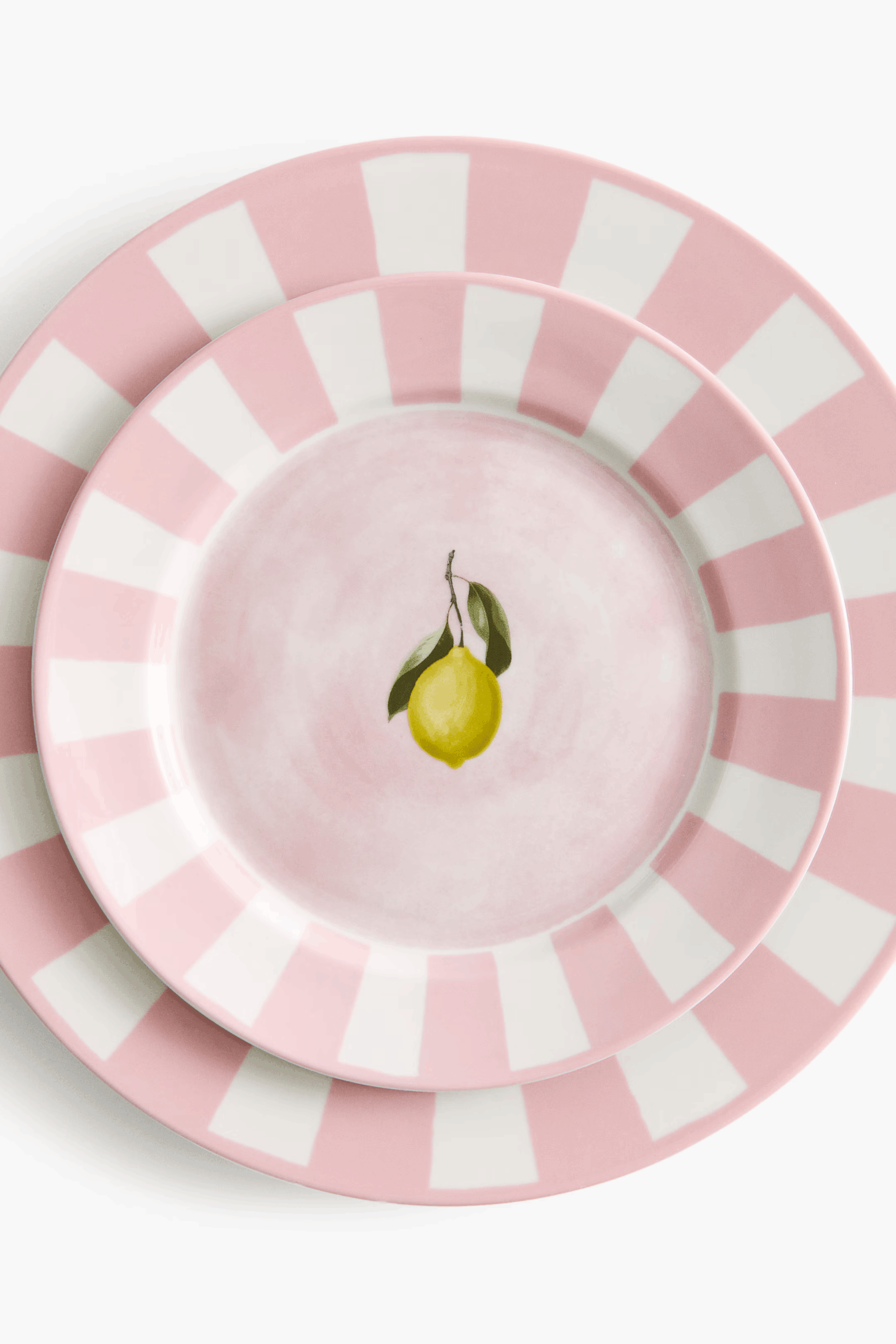The Evolution of Concrete in Interior Spaces – Polished Concrete, Micro Cement, and Exposed Concrete Trends
Concrete has long been associated with industrial and structural applications, but in recent decades, it has evolved into a versatile and stylish material in interior design. What was once a purely functional material has transformed into a sophisticated aesthetic choice, bringing a raw, modern, and minimalist appeal to contemporary spaces. Today, polished concrete, micro cement, and exposed concrete are leading trends that define the evolution of concrete in interior spaces.
From residential homes to high-end commercial interiors, concrete offers durability, sustainability, and a sleek appearance that fits a wide range of design styles. In this article, we will explore the evolution of concrete in interiors, the rise of polished concrete, the adaptability of micro cement, and the raw aesthetic of exposed concrete, along with their advantages, applications, and future trends.
The Historical Evolution of Concrete in Interior Design
Concrete has been used for thousands of years, dating back to ancient Rome, where the Romans developed early forms of concrete to construct their iconic structures such as the Pantheon and aqueducts. However, its role in interior design has only gained prominence in the past few decades.
- Early Use in Interiors: Concrete was primarily used for flooring in industrial and commercial settings due to its durability and low maintenance.
- Mid-20th Century Modernism: Architects like Le Corbusier and Brutalist designers began embracing exposed concrete as an architectural statement, emphasizing its raw and unpretentious aesthetic.
- Contemporary Adoption: Advancements in finishing techniques and demand for minimalist and industrial design styles have propelled concrete into mainstream interior applications.
Today, concrete is no longer viewed as a cold or rough material but rather as a sophisticated element that blends with modern and contemporary design aesthetics.
Polished Concrete – The Modern Industrial Aesthetic
What is Polished Concrete?
Polished concrete is a high-gloss, refined version of standard concrete that undergoes a grinding and polishing process to create a smooth, reflective surface. It is achieved by mechanically grinding the concrete with progressively finer abrasives and applying sealants for a glossy or matte finish.
Advantages of Polished Concrete
- Durability & Strength – Polished concrete is highly resistant to wear and tear, making it ideal for high-traffic areas.
- Low Maintenance – Unlike other flooring options, it requires minimal upkeep, with occasional resealing to maintain its sheen.
- Eco-Friendly – The process utilizes existing concrete slabs, reducing the need for additional materials.
- Aesthetic Versatility – Available in various finishes, colors, and aggregate exposure levels to match different interior styles.
Applications of Polished Concrete in Interior Spaces
- Residential Homes – Used in open-plan living spaces, kitchens, and even bathrooms for a seamless aesthetic.
- Retail & Commercial Spaces – Popular in showrooms, offices, and luxury boutiques due to its sophisticated appeal.
- Industrial & Warehouse Conversions – Retains the industrial heritage while adding refinement through polishing.
Challenges of Polished Concrete
- Cold Underfoot – Lacks the warmth of wood or carpet, though it pairs well with underfloor heating.
- Hard Surface – Can be unforgiving for falls or prolonged standing.
- Cracking Potential – Requires proper installation and expansion joints to prevent cracking over time.

Micro Cement – The Versatile Surface Solution
What is Micro Cement?
Micro cement (also known as micro concrete or micro topping) is a cement-based coating applied in thin layers to a variety of surfaces, creating a seamless and smooth finish. Unlike traditional concrete, micro cement does not require a thick slab and can be applied over existing materials such as tiles, wood, and drywall.
Advantages of Micro Cement
- Ultra-Thin Application – Typically 2-3 mm thick, allowing for easy overlaying without adding bulk.
- Waterproof & Seamless – Ideal for bathrooms, kitchens, and wet areas.
- Flexible Design Options – Available in a range of colors, textures, and finishes.
- Quick Installation – Faster application compared to traditional concrete.
Applications of Micro Cement in Interiors
- Bathrooms & Wet Rooms – Due to its waterproof properties, it is a great alternative to tiles.
- Kitchen Countertops & Backsplashes – Provides a modern, minimalistic aesthetic.
- Floors & Walls – Used in high-end interiors for a seamless, monolithic effect.
- Furniture & Decor Elements – Applied on custom-made furniture such as tables, benches, and shelving.
Challenges of Micro Cement
- Requires Skilled Application – Must be applied by professionals for a flawless finish.
- Surface Preparation is Key – Any imperfections in the substrate can affect the final look.
- Cost – While not as expensive as natural stone, high-end micro cement can be pricey.
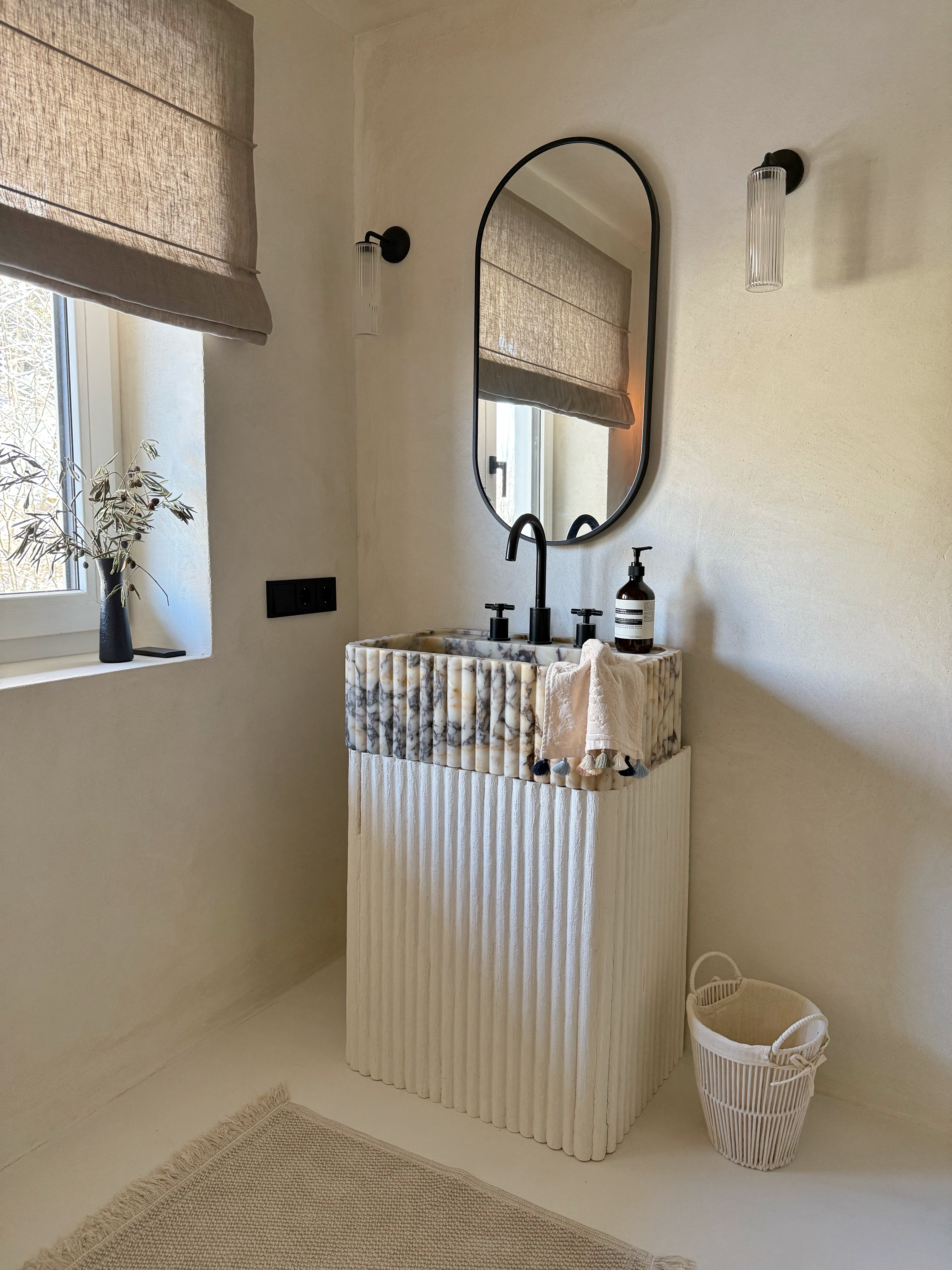
Exposed Concrete – The Raw Architectural Statement
What is Exposed Concrete?
Exposed concrete refers to the intentional design choice of leaving concrete surfaces unfinished, showcasing their natural texture and imperfections. This style embraces the raw, industrial appeal of concrete and highlights its structural integrity.
Advantages of Exposed Concrete
- Architectural Authenticity – Emphasizes the honesty of materials and the structure itself.
- Timeless Appeal – Works well in modern, industrial, and Brutalist design styles.
- Minimalist & Raw Aesthetic – Complements contemporary spaces that favor clean lines and simplicity.
- Highly Durable – As a structural element, exposed concrete lasts for decades.
Applications of Exposed Concrete in Interiors
- Feature Walls – Used as statement walls in living spaces, offices, and commercial settings.
- Ceilings & Columns – Adds an industrial touch to loft-style apartments and modern homes.
- Flooring – Works well in warehouses, art galleries, and minimalist homes.
- Fireplaces & Built-in Elements – Used in architectural details for a striking focal point.
Challenges of Exposed Concrete
- Porosity – Requires sealing to prevent staining and moisture absorption.
- Perceived Coldness – Can be softened with warm lighting, rugs, and textiles.
- Difficult to Modify – Once set, altering exposed concrete can be costly and time-consuming.
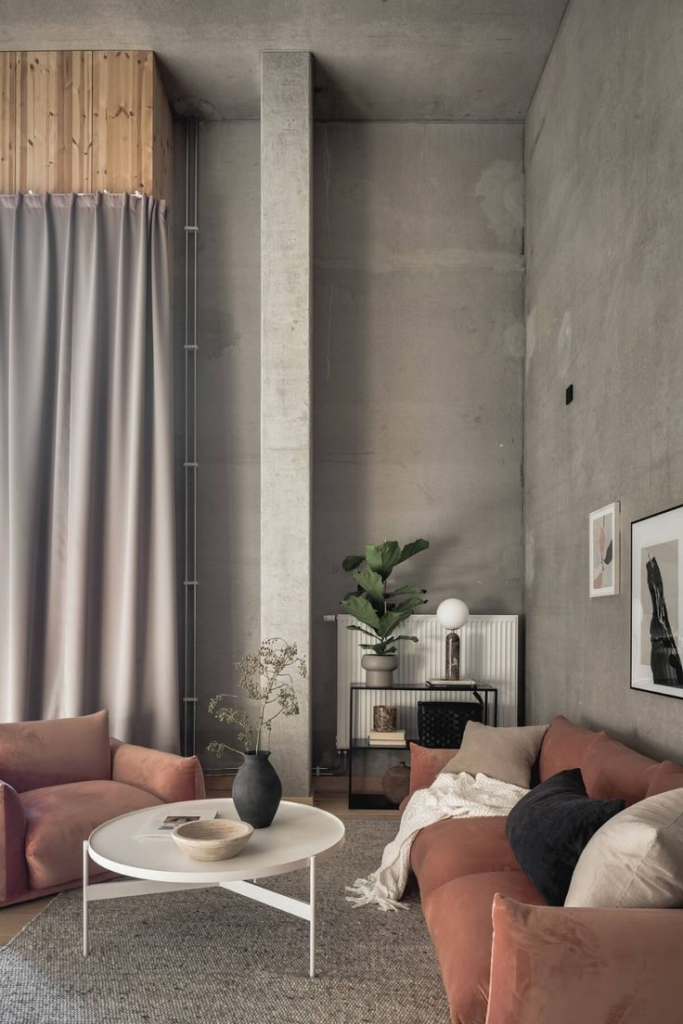
The Future of Concrete in Interior Spaces
The evolution of concrete in interior design continues to push boundaries, with new innovations enhancing its aesthetic and functional appeal. Some emerging trends include:
- Colored Concrete – Pigmented concrete offers a broader range of design possibilities beyond the traditional gray.
- Textured & Patterned Finishes – Advanced techniques allow for intricate textures, including wood-grain imprints and geometric patterns.
- Sustainable Concrete Solutions – The development of eco-friendly cement alternatives reduces carbon footprints.
- Smart Concrete – Self-healing and thermally responsive concrete is being explored for futuristic applications.
Conclusion
Concrete has come a long way from its utilitarian origins, transforming into one of the most sought-after materials in modern interior design. Whether in the form of polished concrete, micro cement, or exposed concrete, it offers durability, versatility, and a unique aesthetic appeal that continues to evolve. With advancements in technology and design, concrete is set to remain a cornerstone of contemporary interiors, offering endless possibilities for architects, designers, and homeowners alike.
Want to read more? See our other blogposts below:

